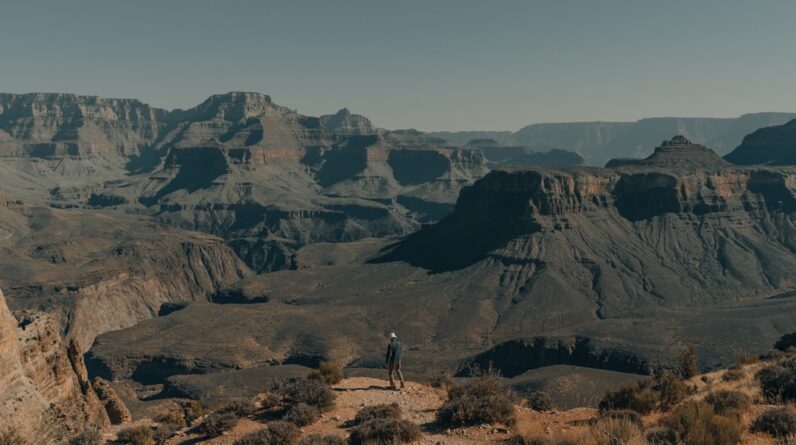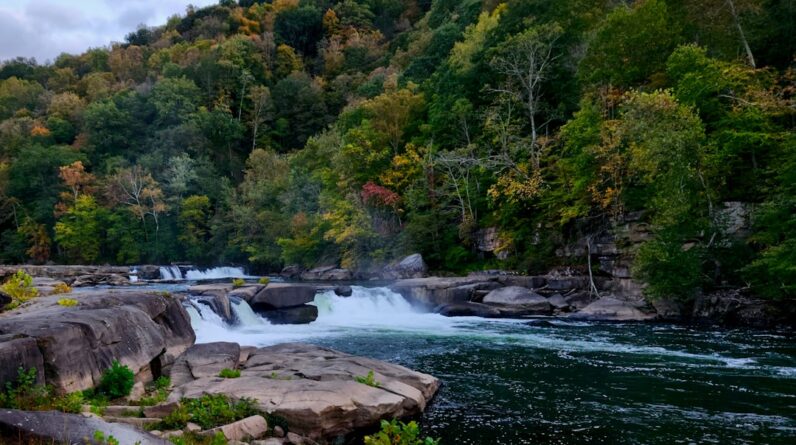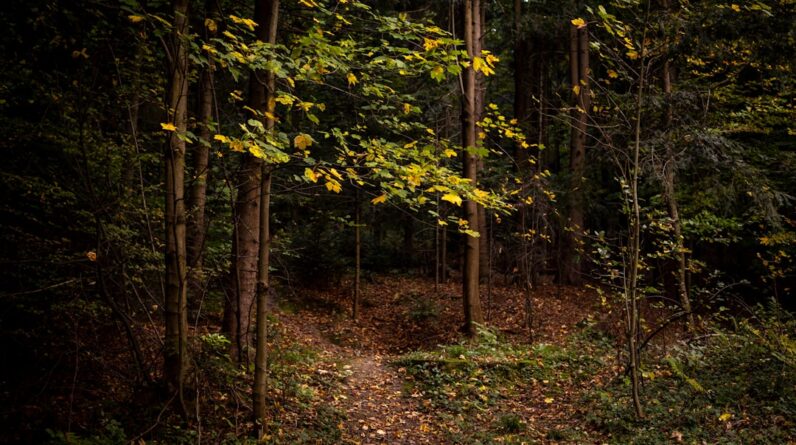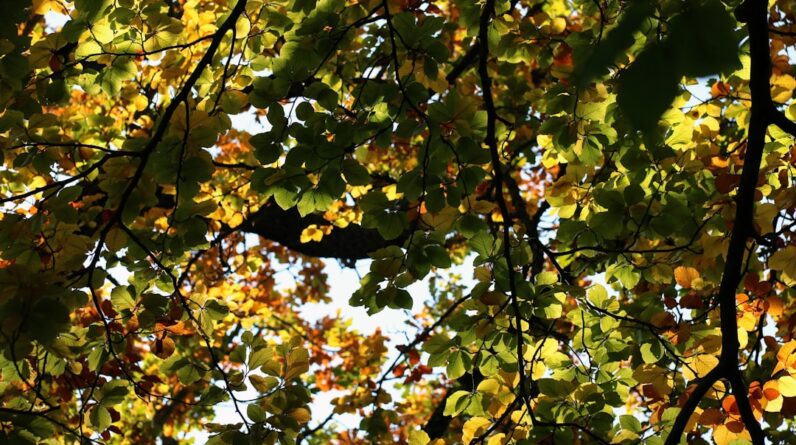Banff National Park, located in the Canadian Rockies in Alberta, is one of the most stunning and iconic natural landscapes in the world. Established in 1885, it is Canada’s oldest national park and spans over 6,641 square kilometers of breathtaking mountains, glaciers, forests, and rivers. The park is home to a diverse range of wildlife, including grizzly bears, elk, and mountain goats. With its pristine beauty and abundant natural wonders, Banff National Park attracts millions of visitors each year.
Key Takeaways
- Banff National Park is a stunning natural wonderland in Canada.
- Nature has a positive impact on mental health and well-being.
- Banff’s natural wonders offer a peaceful escape from the stresses of daily life.
- The park’s hiking trails provide opportunities for exploration and adventure.
- Hot springs, wildlife watching, and mindful meditation are all ways to connect with nature in Banff.
The Importance of Nature for Mental Health
Numerous studies have shown that spending time in nature has a positive impact on mental health and well-being. Research has found that being in nature can reduce stress levels, improve mood, increase creativity, and enhance cognitive function. Nature provides a sense of calm and tranquility that can help alleviate symptoms of anxiety and depression.
Banff National Park offers the perfect escape for those seeking solace and rejuvenation. Surrounded by majestic mountains, sparkling lakes, and lush forests, the park provides a serene and peaceful environment that allows visitors to disconnect from the stresses of everyday life and reconnect with nature. Whether it’s hiking through the wilderness, soaking in hot springs, or simply sitting by a tranquil lake, Banff National Park offers endless opportunities for relaxation and reflection.
Finding Serenity in Banff’s Natural Wonders
Banff National Park is home to some of the most awe-inspiring natural wonders in the world. From the turquoise waters of Lake Louise to the towering peaks of Mount Rundle, there are countless spots in the park where visitors can find peace and serenity.
One such spot is Moraine Lake, known for its stunning blue-green waters surrounded by towering mountains. The lake is a popular destination for photographers and nature lovers alike, offering a tranquil setting for reflection and appreciation of nature’s beauty.
Another peaceful spot in Banff National Park is Johnston Canyon. This scenic canyon features a series of waterfalls and turquoise pools, accessible via a well-maintained trail. The soothing sound of rushing water and the cool mist from the falls create a calming atmosphere that is perfect for relaxation and contemplation.
Exploring the Park’s Hiking Trails
| Trail Name | Distance (miles) | Elevation Gain (feet) | Difficulty Level |
|---|---|---|---|
| Mountainside Trail | 2.5 | 500 | Easy |
| Valley View Trail | 4.2 | 800 | Moderate |
| River Run Trail | 6.8 | 1200 | Difficult |
| Summit Trail | 9.5 | 2000 | Very Difficult |
Banff National Park is a hiker’s paradise, with over 1,600 kilometers of trails to explore. From easy walks to challenging multi-day hikes, there is something for every level of hiker.
One popular hiking trail in the park is the Plain of Six Glaciers Trail. This 14-kilometer hike takes you through stunning alpine meadows and offers breathtaking views of glaciers and mountains. The trail ends at a teahouse where hikers can enjoy a well-deserved break and take in the magnificent scenery.
For those looking for a shorter hike, the Tunnel Mountain Trail is a great option. This 4.3-kilometer loop takes you to the summit of Tunnel Mountain, offering panoramic views of Banff and the surrounding mountains. The trail is relatively easy and can be completed in a couple of hours, making it perfect for a quick escape into nature.
When planning a hike in Banff National Park, it’s important to be prepared and follow safety guidelines. Always check the weather conditions and trail reports before heading out, wear appropriate clothing and footwear, and carry essential supplies such as water, food, and a first aid kit.
The Healing Power of Hot Springs
Banff National Park is famous for its hot springs, which have been used for centuries for their therapeutic benefits. The park is home to several hot springs, including the Banff Upper Hot Springs and the Cave and Basin Hot Springs.
The Banff Upper Hot Springs are located just outside the town of Banff and offer stunning views of the surrounding mountains. The mineral-rich waters are heated naturally and are believed to have healing properties that can help relieve muscle tension, improve circulation, and promote relaxation.
When visiting the hot springs, it’s important to be mindful of the environment and practice responsible tourism. Avoid using soaps or lotions in the water, as they can harm the delicate ecosystem. Additionally, be respectful of other visitors and follow any rules or guidelines set by the park.
Wildlife Watching in Banff
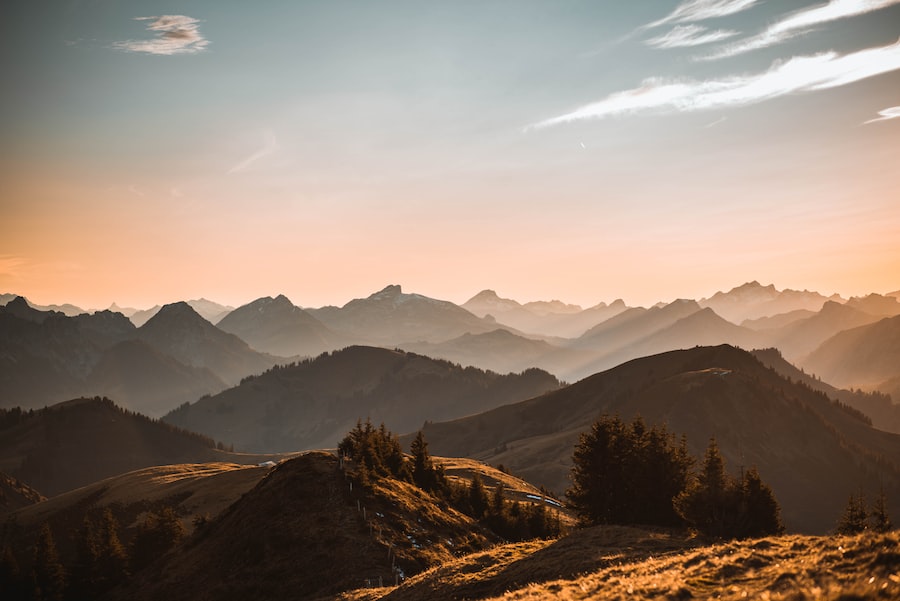
Banff National Park is home to a wide variety of wildlife, including bears, elk, moose, and wolves. The park provides a unique opportunity to observe these animals in their natural habitat.
One of the best places to spot wildlife in Banff National Park is along the Bow Valley Parkway. This scenic road runs parallel to the Trans-Canada Highway and offers excellent opportunities for wildlife viewing. Keep an eye out for bears grazing in meadows, elk crossing the road, and bighorn sheep scaling the cliffs.
When observing wildlife in Banff National Park, it’s important to remember that these animals are wild and should be treated with respect. Keep a safe distance and never approach or feed them. It’s also important to stay on designated trails and follow any guidelines or regulations set by the park.
Mindful Meditation in Banff’s Scenic Spots
Combining mindfulness meditation with a visit to Banff National Park can enhance the benefits of both practices. Mindfulness involves paying attention to the present moment without judgment, which can help reduce stress and increase feelings of calm and well-being.
Banff National Park offers countless opportunities for mindful meditation. Whether it’s sitting by a tranquil lake, listening to the sound of rushing waterfalls, or simply taking a walk through the forest, there are plenty of serene spots where visitors can practice mindfulness.
To incorporate mindfulness into your visit to Banff National Park, find a quiet spot where you can sit comfortably and focus on your breath. Take deep, slow breaths and allow yourself to fully immerse in the sights, sounds, and sensations of nature. Notice the colors, textures, and smells around you. Allow any thoughts or worries to come and go without judgment, simply observing them and returning your attention to the present moment.
Disconnecting from Technology and Reconnecting with Nature
In today’s digital age, it’s easy to become consumed by technology and constantly connected to our devices. However, research has shown that excessive screen time can have negative effects on mental health and well-being.
Visiting Banff National Park provides the perfect opportunity to disconnect from technology and reconnect with nature. Leave your phone behind or put it on airplane mode to minimize distractions and fully immerse yourself in the natural beauty of the park. Instead of scrolling through social media or checking emails, take the time to appreciate the sights, sounds, and sensations of nature.
The Benefits of Camping in Banff National Park
Camping in Banff National Park offers a unique opportunity to fully immerse yourself in nature and experience the park’s beauty up close. There are several campgrounds within the park that offer a range of amenities, from basic tent sites to fully serviced RV sites.
Camping allows you to wake up to the sound of birds chirping, breathe in the fresh mountain air, and fall asleep under a blanket of stars. It provides a sense of simplicity and connection to nature that is often lacking in our modern lives.
When planning a camping trip in Banff National Park, it’s important to be prepared and follow Leave No Trace principles. Pack out all trash, respect wildlife and their habitats, and minimize your impact on the environment. Additionally, be aware of any fire bans or restrictions in place and always practice fire safety.
Sustainable Tourism in Banff: Preserving the Serenity and Scenery
As one of Canada’s most popular tourist destinations, Banff National Park faces the challenge of balancing visitor enjoyment with the need to preserve its natural beauty. Sustainable tourism practices are essential to ensure the long-term preservation of the park’s serenity and scenery.
One way to minimize your environmental impact while visiting Banff National Park is to use public transportation or carpool whenever possible. The park is well-served by public buses, and there are also shuttle services available for popular attractions.
When hiking or exploring the park, stay on designated trails to avoid damaging fragile ecosystems. Respect any closures or restrictions in place to protect wildlife and their habitats. Additionally, pack out all trash and dispose of it properly to keep the park clean and pristine.
Banff National Park offers a unique opportunity to escape the stresses of everyday life and reconnect with nature. Whether it’s hiking through the wilderness, soaking in hot springs, or simply sitting by a tranquil lake, the park provides countless opportunities for relaxation, reflection, and rejuvenation. By practicing responsible tourism and minimizing our environmental impact, we can ensure that future generations can continue to enjoy the serenity and beauty of Banff National Park. So why not plan a visit to Banff National Park and experience the healing power of nature for yourself?
If you’re looking for more articles on maintaining a healthy and active lifestyle in your later years, you might be interested in “Sailing Through Retirement: Staying Active and Engaged in Your 60s and Beyond.” This article explores the benefits of sailing as a recreational activity for seniors and how it can contribute to overall well-being. Check it out here.




